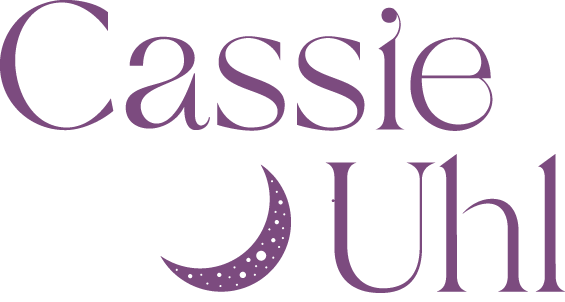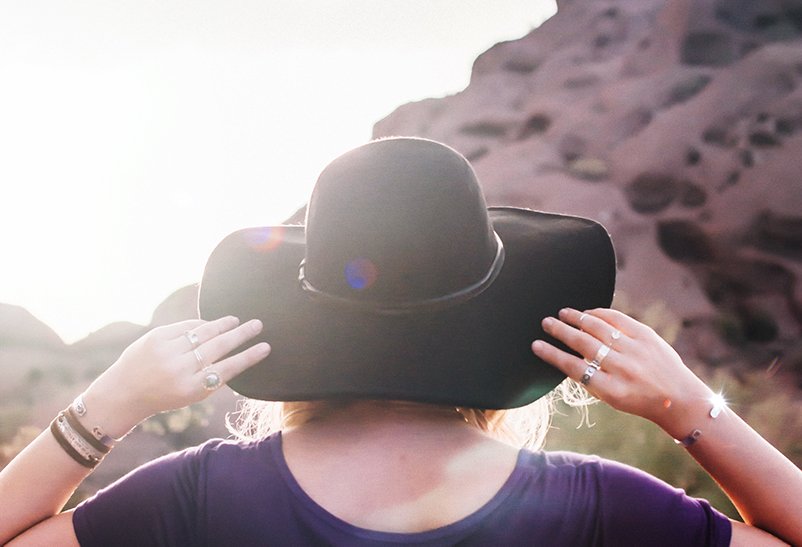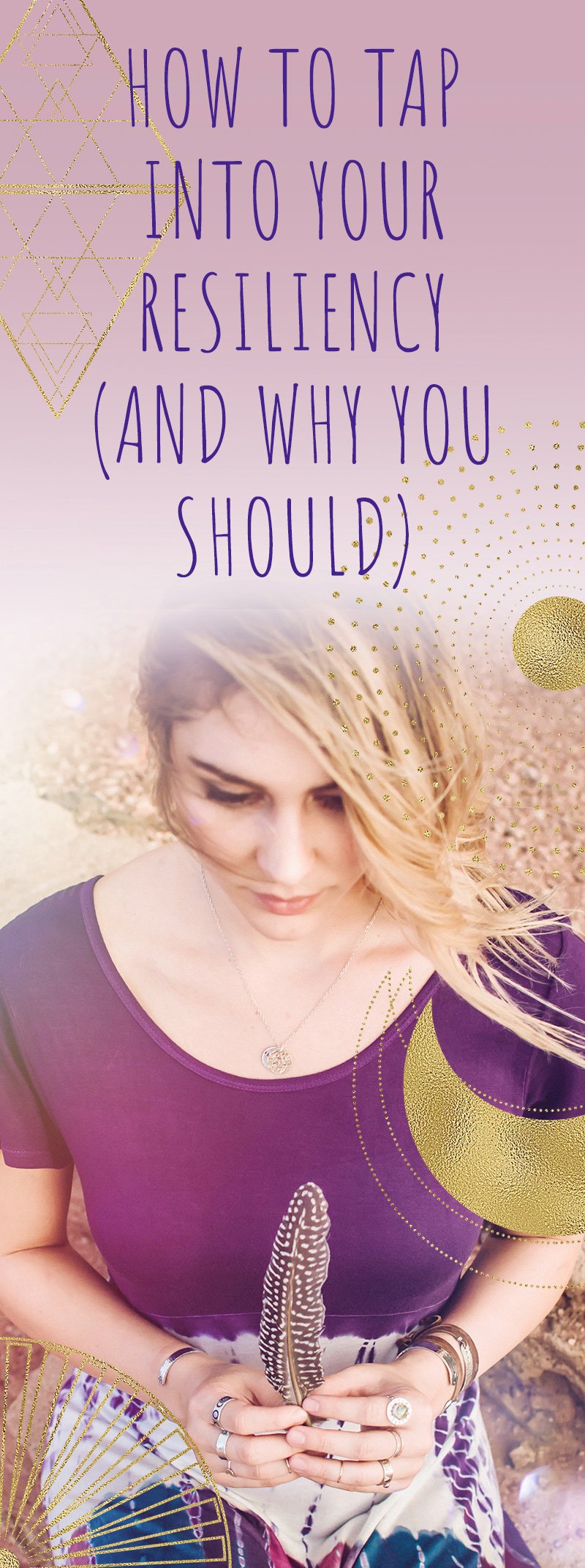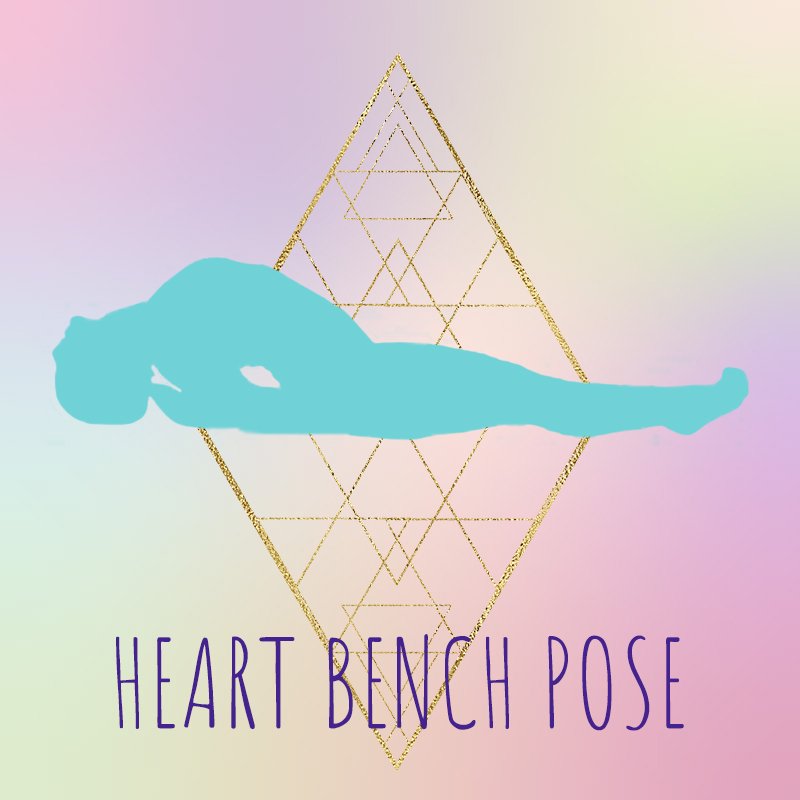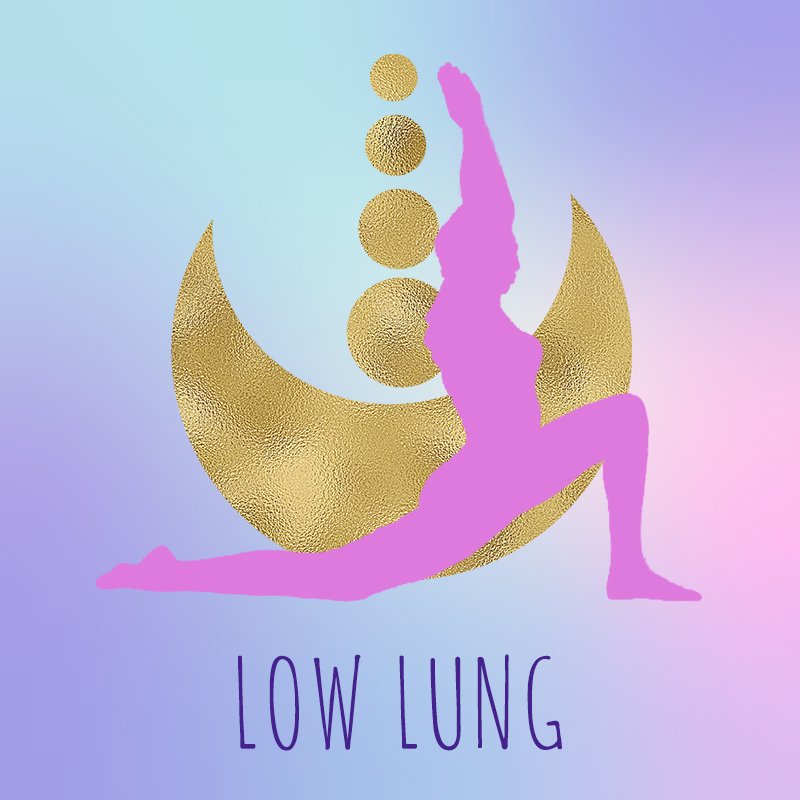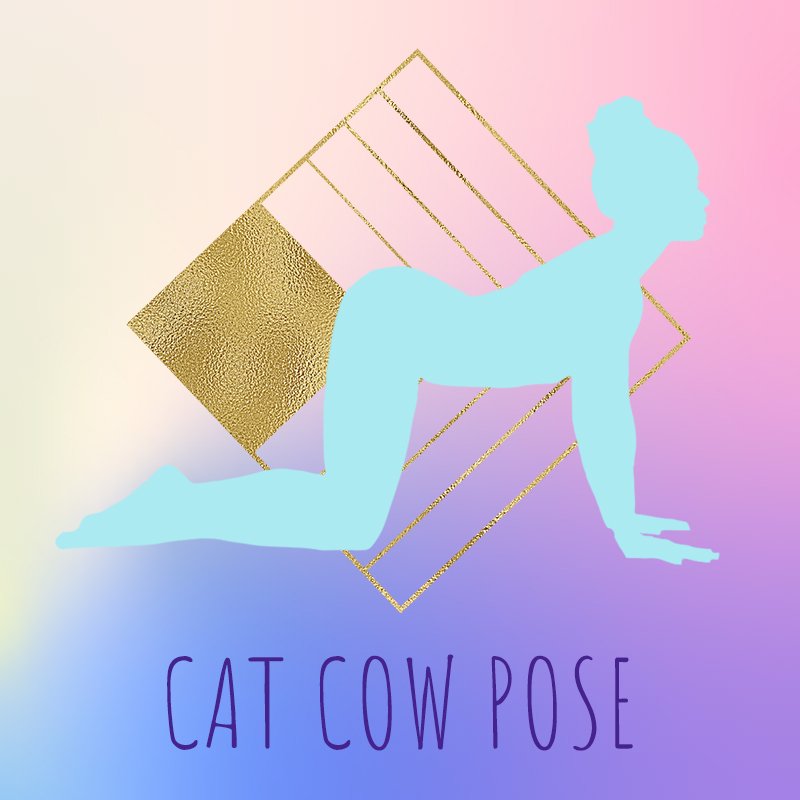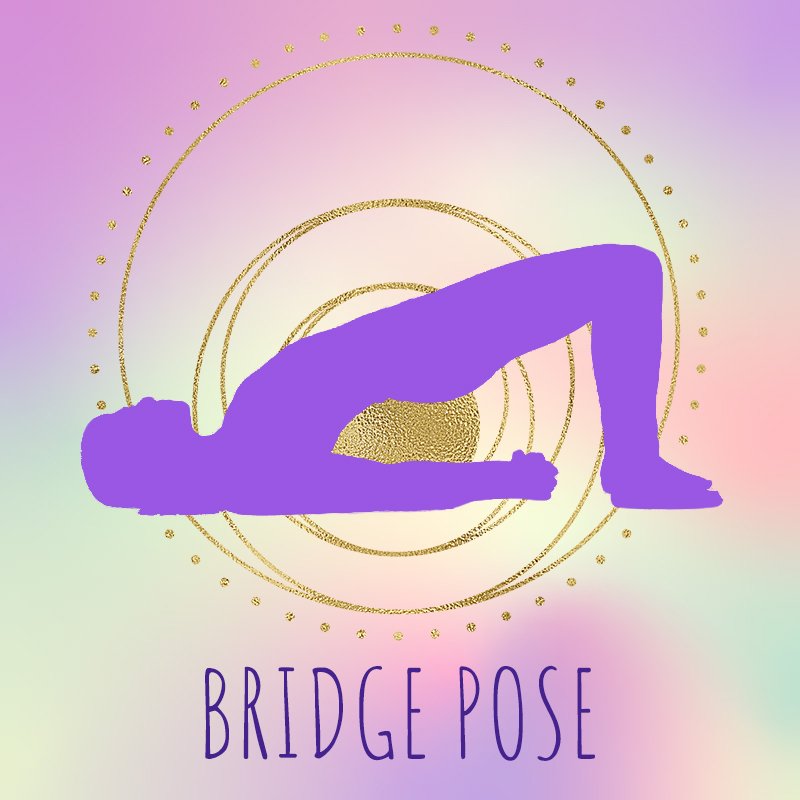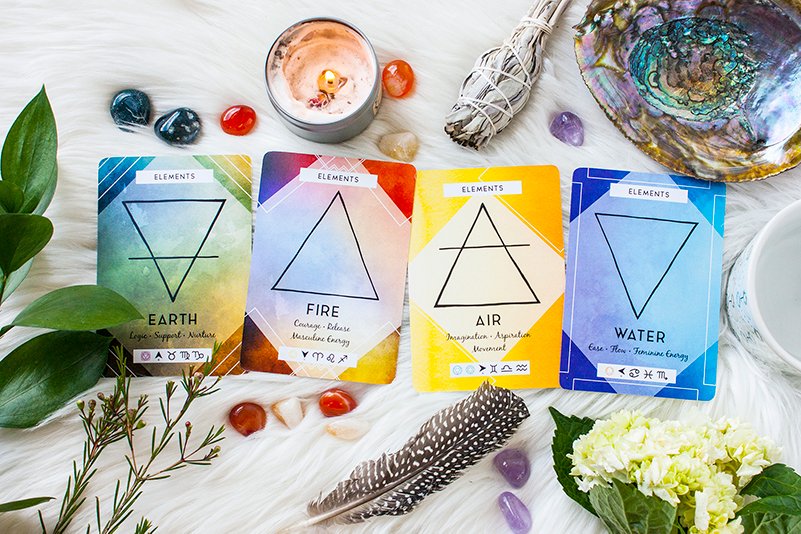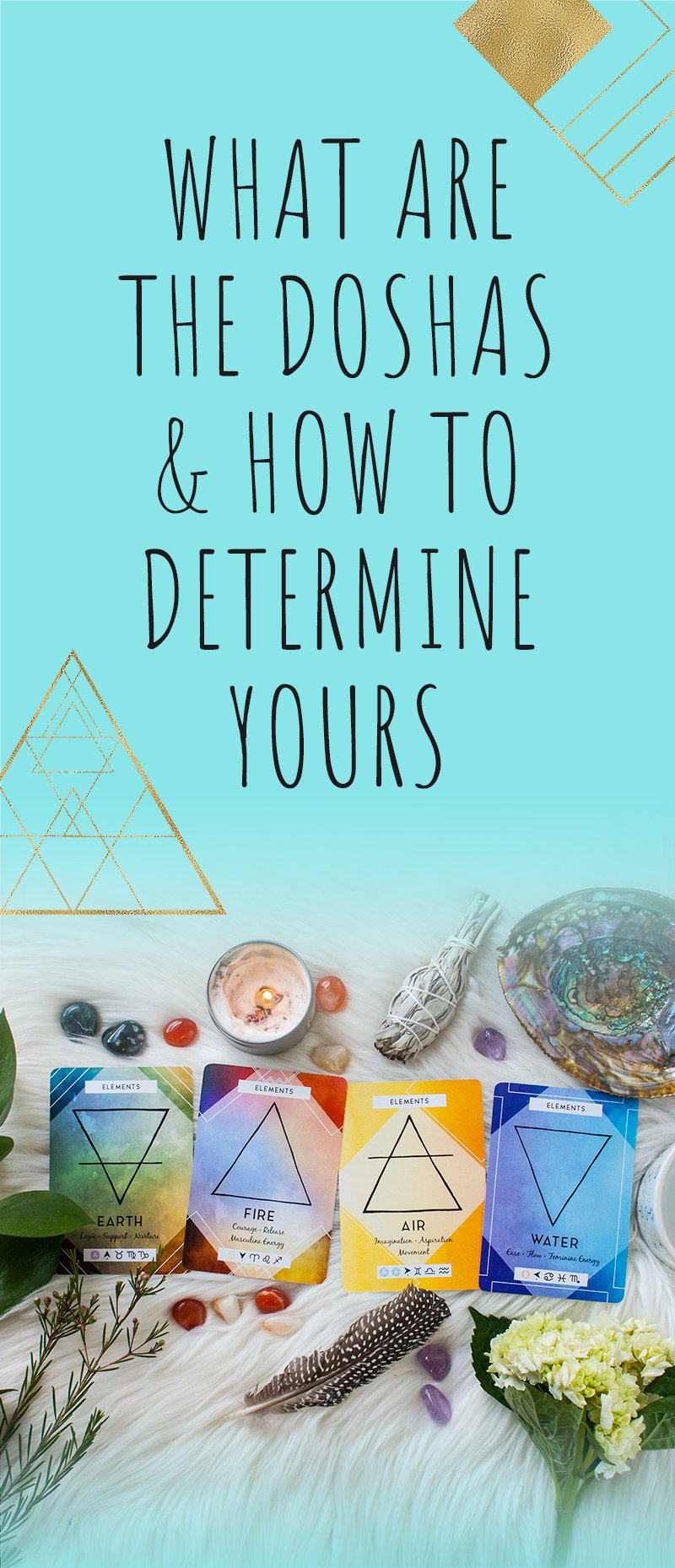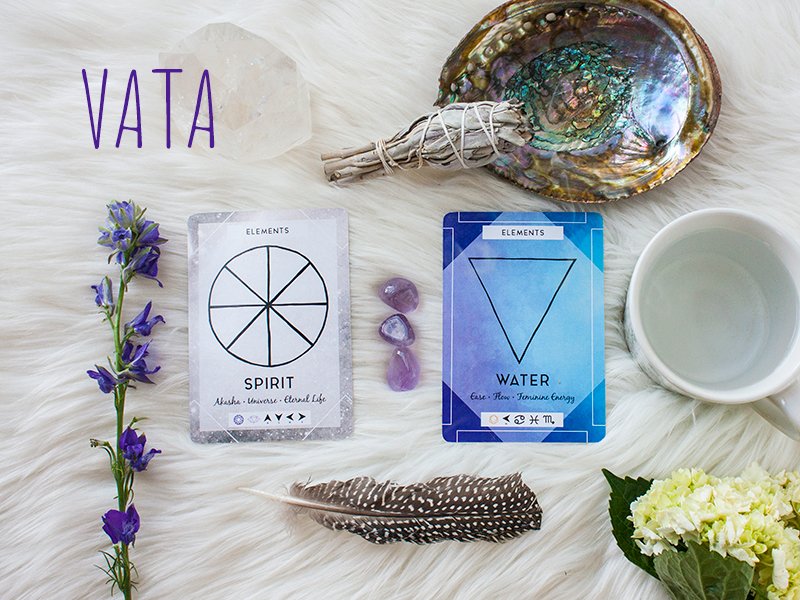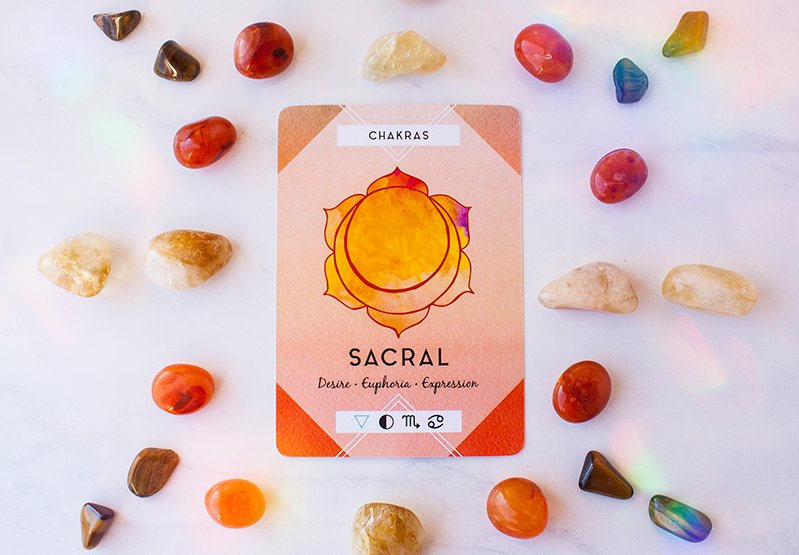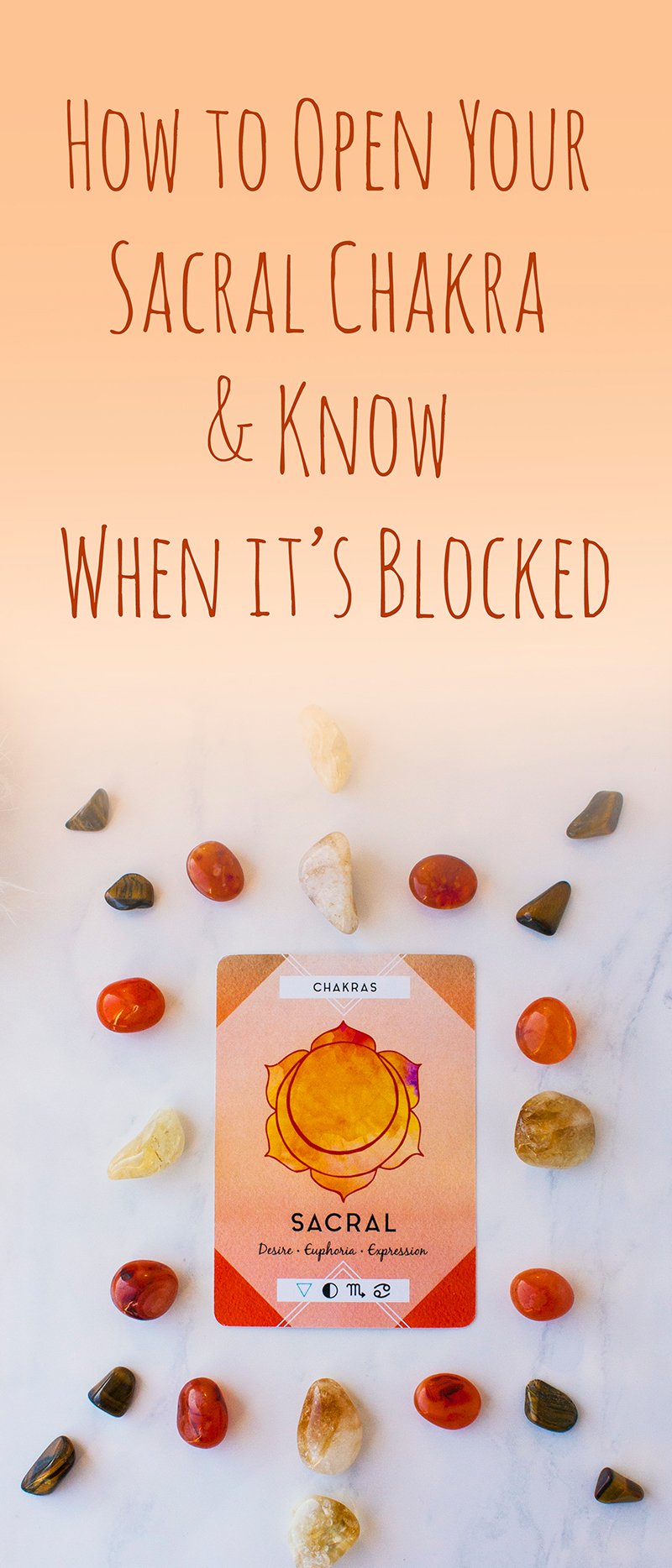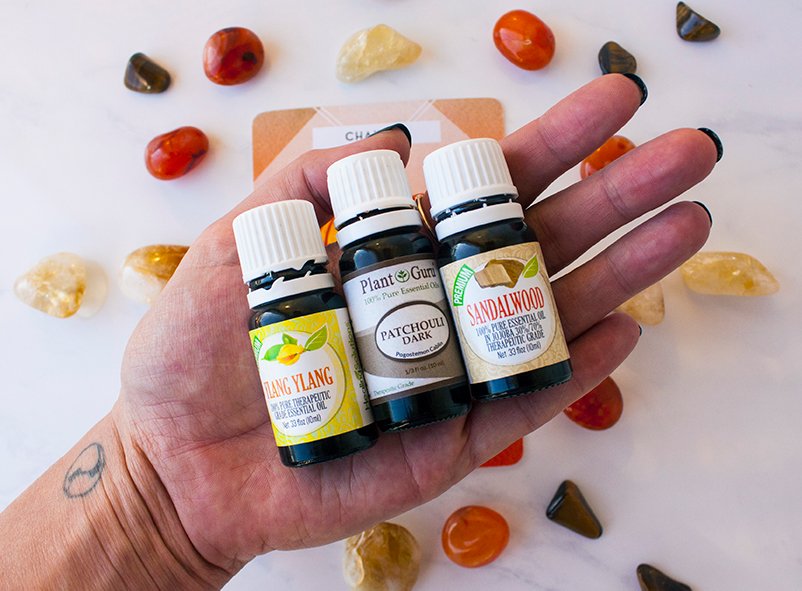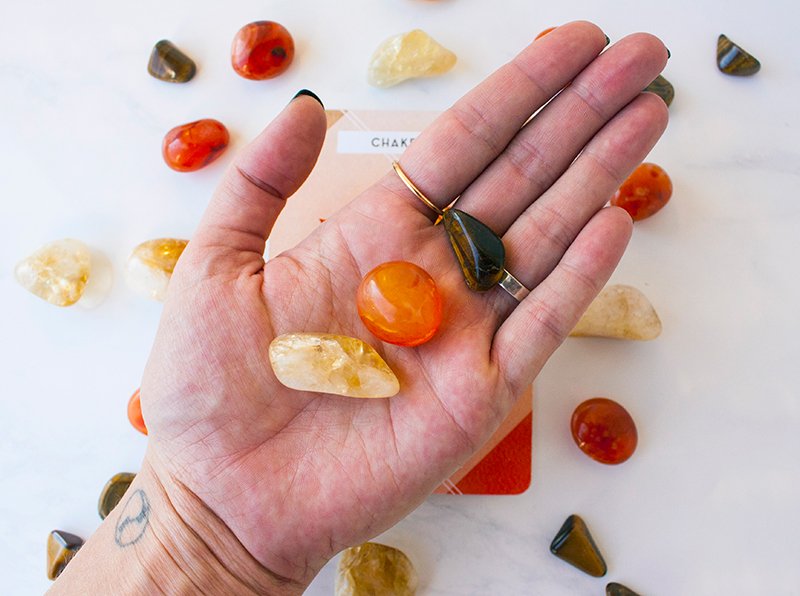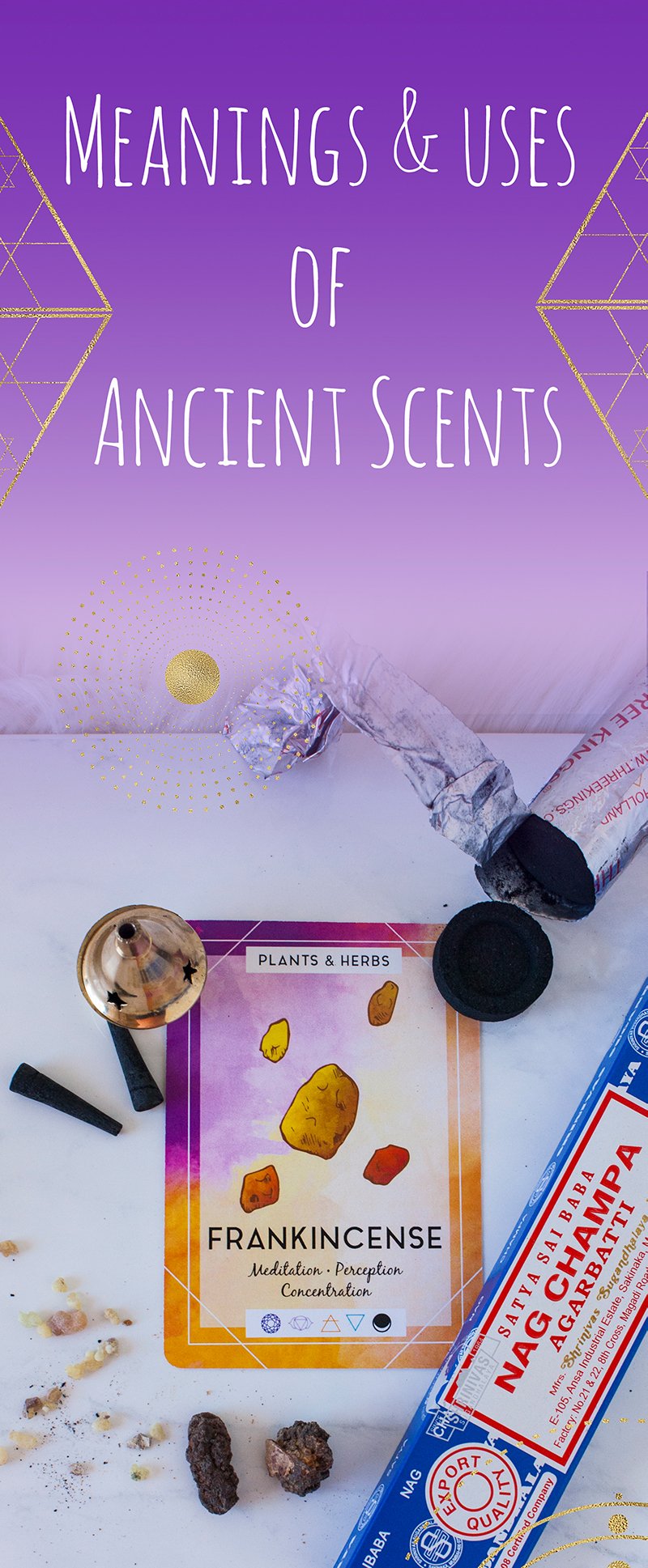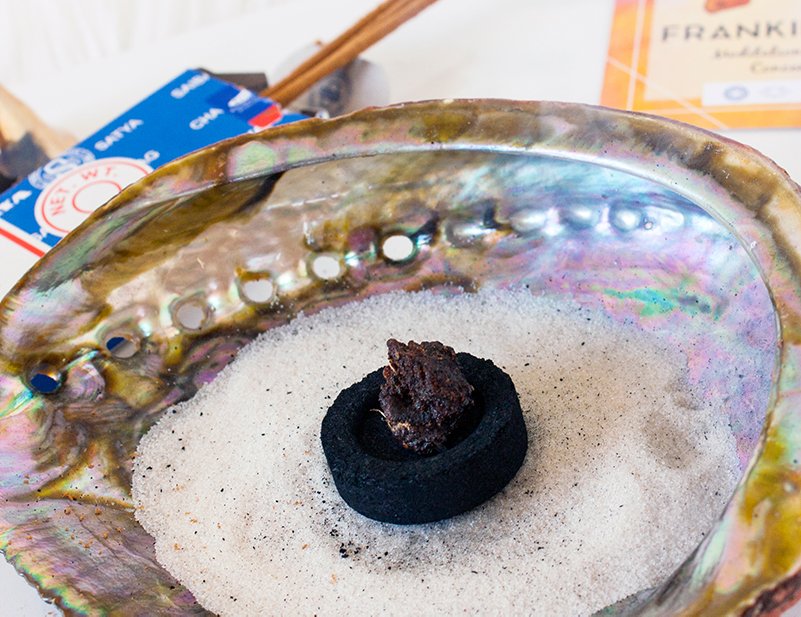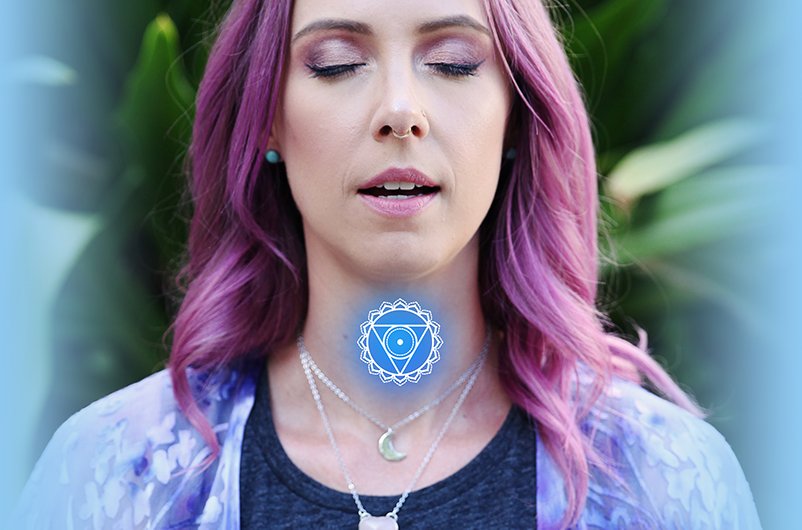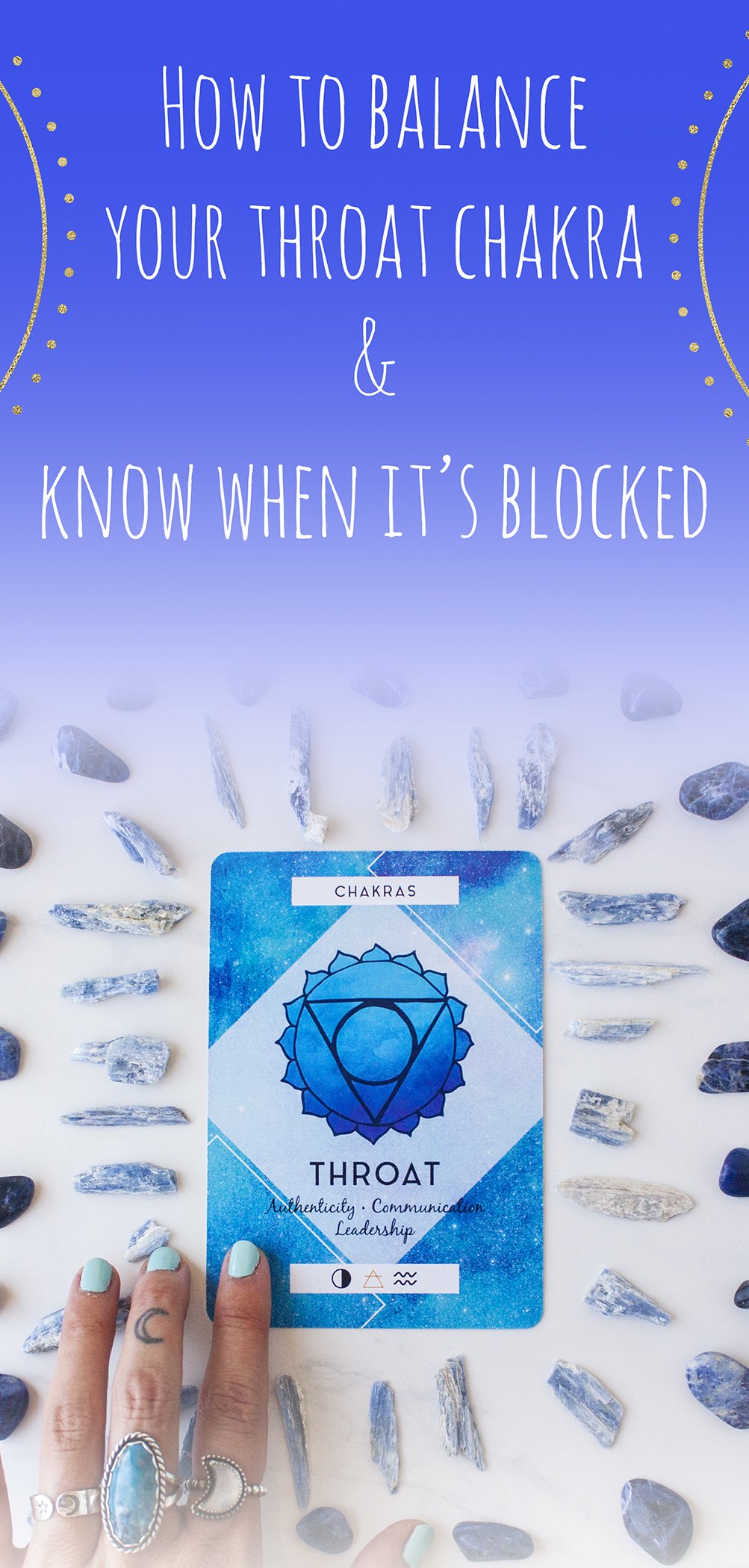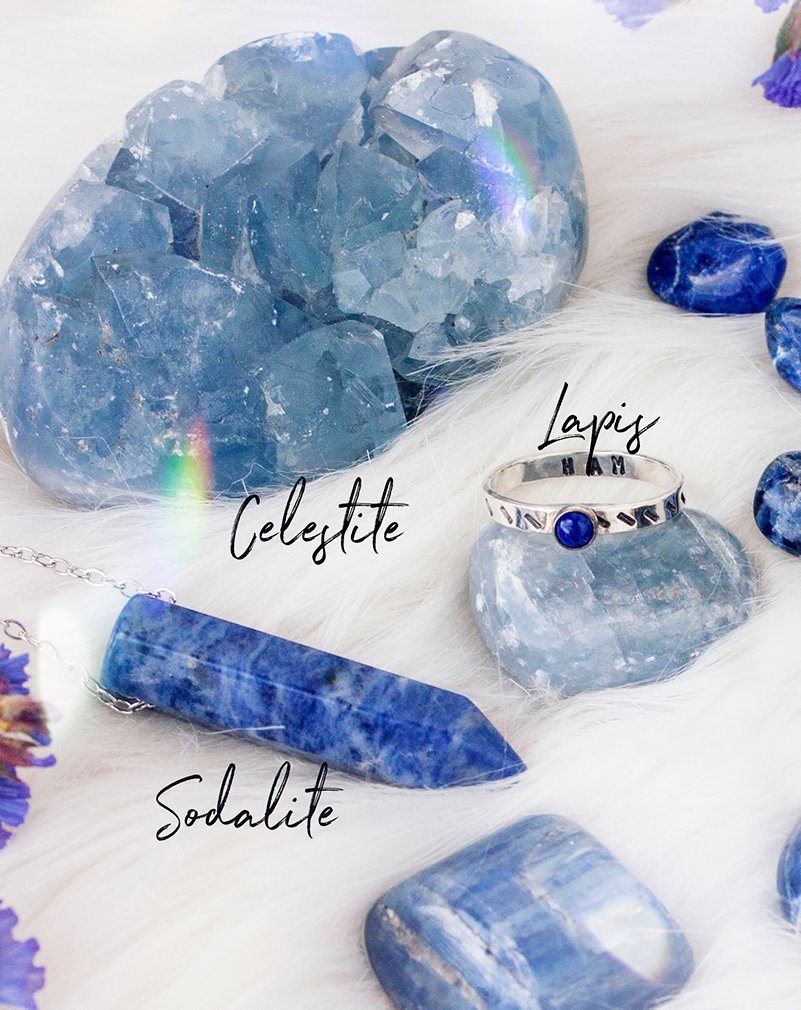How to Tap Into Your Resiliency (And Why You Should)
Resiliency is about your comeback rate.It’s not about never getting knocked down, or dropping into fear, or letting your ego drive the car. It’s about how fast you can come back: to joy, to love, to trust, to who you really are.Because we’re all humans, and life can be really messy. Sometimes things happen to us, sometimes we hurt people, and sometimes we forget our divine nature.
Resiliency is about your comeback rate.
It’s not about never getting knocked down, or dropping into fear, or letting your ego drive the car. It’s about how fast you can come back: to joy, to love, to trust, to who you really are.
Because we’re all humans, and life can be really messy. Sometimes things happen to us, sometimes we hurt people, and sometimes we forget our divine nature.
That’s where resiliency comes in. Resiliency is here to bring you back to trust when bad situations happen, to bring you back to love when fear starts to take over—even stronger and wiser than before, with an even deeper and more meaningful connection with yourself.
You may have heard before that you can only go into joy and pleasure as deep as you’ve gone into your pain. This is a necessary part of living and an important part of your spiritual practice. But that doesn’t mean you have to or even can live there.
Think of the moment you connect with your resiliency and come back to joy as the Temperance card in the tarot. You’ve been through death, but you’ve come through it into the magic of rebirth, of stillness, of calm. There are still more challenges ahead (the Devil card is next) but you can know that and still be in a place of Temperance.
Scroll down to get some tips to help you tap into your own resiliency and strengthen that connection.
Lean on your community.
You don’t have to do it alone. Who are the people you trust to tell it like it is, lifts you up, and not judge you? Whether it’s your mom, a close friend, or your sister, don’t be afraid to call on that person or those people to help you when you need it.
Look for the lesson or greater meaning.
You don’t have to believe that everything happens for a reason. But look for the greater meaning or lesson in whatever it is you’re going through— and if you can’t see it yourself, ask your community to help you find it.
I find that the tarot is an incredible tool for this. Each card of the Major Arcana is a step on the journey to the World, a card of wholeness and joy.
Try laying out each of the Major Arcana cards in front of you and asking yourself which card you’re in.
Are you dealing with a shedding of your former self, of parts of your life? Maybe you’re in Death.
Are past hurts keeping you in fear? Maybe you’re in the Fool reversed.
Each card can help you realize which lesson you’re learning right now. Once you pick your card, look at its place in the journey. See the greater context of where you’re heading—to the vibrant energy of the Sun, to the wild juicy feminine of the Moon, to the wholeness of the World.
Why do you do what you do in the world?
Whatever your greater purpose is, connect with that and remember that you are on this planet for a reason. You are here to bring forth what only you can bring forth, and the world needs.
So rest, feel your feelings, go through what you’re going through, and know that ultimately you will get through it because you are here to fulfill your greater purpose.
Connect with your intuition.
Is this ever not the answer? Connecting with your intuition can help you see the greater meaning in what you’re going through. It can help you know when you need to reach out for support and who to reach out to. It can help you know the best path to take forward.
If you’re feeling blocked, one simple thing you might like to do is ask your oracle or tarot cards, “What message does my intuition have for me right now?”
Get more tips to connect with your intuition in this post.
Find what makes you feel good.
When you feel stressed, upset, or you’re going through a difficult time, what are some simple things that help you feel better? Think about what they are for you (use the list below to spark your creativity) and write them down on a piece of paper that you can return to when things aren’t easy. Some ideas are:
Dancing
Doing yoga
Rubbing your feet with oils
FaceTiming that friend or family member who always knows what to say
Reading your favorite book
Spending more time alone
Spending more time with people you care about
Taking a walk
Playing a singing bowl
Listening to an inspiring podcast
Eating your favorite meal
Being held
Drinking a cup of tea
Receiving energy healing
Journaling
This is going to be super unique for everyone, so think about what it is for you!
Move your body.
You’ve probably heard a yoga teacher talk about how what you do on your mat is a mirror for life: what you do when it gets hard, how you talk to yourself, how you move through transitions.
It turns out, even science knows that’s true. The researchers who wrote the book Resilience: The Science of Mastering Life's Greatest Challenges actually found that the most resilient people in their studies had exercised regularly.
It turns out, that the stress of exercise helps us adapt to the stress of life challenges. So however you like to move, whether it’s yoga, running, weightlifting, dancing, jumping rope, or something else, try to make it a regular part of your life. It will actually help you be more resilient!
Heart-opening Yoga practice & breathwork to cultivate self-love
Every February, we’re reminded of the love that already exists within us. While there are so many different kinds of love in our lives, it all starts with us: from a place of deep self-love. In this blog, I’ll be sharing a heart-opening yoga practice and a Kundalini breathwork meditation to help you cultivate self-love.
Every February, we’re reminded of the love that already exists within us. While there are so many different kinds of love in our lives, it all starts with us: from a place of deep self-love.
In this blog, I’ll be sharing a heart-opening yoga practice and a Kundalini breathwork meditation to help you cultivate self-love.
Kundalini Breathwork meditation
This Kundalini yoga breathwork meditation is said to help give strength to your heart and open up your heart center.
Find a comfortable seat and extend your arms straight out in front of you. You want them to be parallel to the mat with your palms facing down. Close your eyes and focus your inner gaze at the center of your chin. Start to take long, slow, deep breaths, holding your arms steady in front of you.
Hold this breathwork meditation for three minutes. Then, move into our asana practice below.
Yoga practice
This yoga practice is focused on heart-opening yoga poses because heart openers, like the name suggests, help balance and open your heart chakra. Your heart chakra is the center of giving and receiving love in your body. Opening this center helps open you up to a flow of unconditional love within and outside of yourself.
Heart bench
As someone with chronically tight shoulders, heart bench is my favorite restorative pose to start off a yoga practice. For this pose, you’ll need two yoga blocks. If you don’t have blocks, try getting creative with stacks of books or a rolled yoga mat under the shoulders.
You’ll take your first block at either its low or medium height and place it lengthwise along the spine between the shoulder blades, opening the heart. The second block will go under your head at whatever height supports a long neck and open throat.
Breathe into your heart space here, visualizing each inhale sending breath into the chest and each exhale softening, opening, and expanding your heart chakra. Stay here for 3-5 minutes, breathing deeply.
Half-pigeon variation
To transition out of your heart bench, lower all the way onto your back, bend your knees, and press your whole back into your mat. Feel your whole back grounding into the Earth, resetting the spine.
When you feel ready, cross your right ankle over the bottom of the left thigh (right under the knee). Then prop yourself up on your forearms and roll the shoulders back to open the heart as you energetically push your right knee away from you, stretching the hips. Spend a minute or two here, breathing deeply into the heart center, and then repeat on the other side.
Low lunge
Slowly find your way to downward-facing dog and pedal out the feet. When you feel ready, inhale to step your left leg forward. Lower the knee onto a mat or blanket, and create enough space in the hips so that you can really feel a stretch into your right hip flexor. Inhale to lift the arms overhead, bending back into a crescent lunge.
After a few breaths with this arm variation, stack your palms over your heart and breathe into your hands, keeping your back bending.
Stay here for ten more breaths, then repeat on the other side.
Mountain pose flow
From your lunge, step the back leg forward into a forward fold at the top of your mat. Hold opposite elbows to help pull your chest to your thighs and find a few breaths here.
When you feel complete, release your arms and inhale to a flat back, palms to shins or thighs. Exhale to fold forward. Inhale to roll all the way up to stand, reaching up and back. Exhale to fold all the way forward as you chant “YAM” (pronounced YUM), the bija mantra for the heart chakra.
Continue to flow with your breath for at least 10 complete cycles. Let yourself find a rhythm and find softness through the face, the knees, the heart, as you move.
Dancer’s pose
After your last exhale, hold in your favorite version of forward fold for a few more breaths. When you feel complete, inhale to roll up through your spine and find mountain pose with your arms at your sides.
Create a stable foundation by grounding down through your left foot, pressing into all four corners of the foot and through each of the toes. Bend your right knee and take the ankle into the right hand behind you. Inhale to lift your left arm over your head.
Feel free to stay here. If you’d like to go deeper, use your next exhale to slowly kick your right foot back and hinge forward at the hips, opening your heart and your right hip flexor. Stay here for at least 10 breaths. If you find yourself feeling unsteady or falling out of the pose, practice talking to yourself in a loving way and come back into the pose without judgment!
After ten breaths or whenever you feel ready, use an exhale to release everything back down and take the post to your other side.
Cobra pose or upward facing dog
From mountain pose at the top of your mat, fold forward, and step back to downward-facing dog. Inhale to shift forward to plank and exhale to either lower halfway or lower all the way onto the belly. Inhale to lift into cobra or upward facing dog. Stay here for a few breaths, rolling the shoulders back, pressing into the tops of the feet, and firming through the legs. After a few breaths, exhale to shift back to downward-facing dog.
Repeat this sequence one to three times, then stay in downward-facing dog for a few breaths.
Child’s pose
Inhale to lower your knees, and exhale to shift your hips back into your favorite variation of child’s pose. Let this child’s pose be a place of deep presence with yourself — with your breath, with any feelings or thoughts that are coming up to the surface. Practice speaking to yourself lovingly and tending to yourself with care. Stay here for about twenty breaths.
Cat/cow flow
From child’s pose, inhale to lift yourself into tabletop. Start to move through a cat/cow flow with your breath, using your inhale to lift your tailbone and open your heart, and your exhale to round through your spine and tuck your chin. Feel free to add in any other movements that feel good to you, like opening up through the sides of your body or incorporating hip circles.
Heart to Earth pose
When you feel complete in cat/cow, find your way back to a neutral spine. Start to walk your palms out in front of you, keeping your hips stacked over your knees, slowly lowering your chest and forehead all the way to your mat.
This intense pose invites us into a place of deep surrender. Keep your awareness on your breath, sending it into your heart space, and let yourself be with whatever comes up here. Stay here for at least 10 breaths, but feel free to stay longer if that feels right for you.
Bridge pose
Slowly shift back into tabletop and all the way onto your back, bending your knees and planting your feet on your mat. Inhale to slowly lift your hips and lift your arms all the way overhead, backs of palms touching down behind you. Breathe here in this bridge pose variation for 10 breaths, using an exhale to slowly lower your hips and arms back down.
Find a counterpose after you come down by walking your feet wider than hip’s distance and releasing your knees to rest in on each other. Place your palms on your belly and rest here for 5-10 breaths.
Reclining cobbler pose
Find your savasana in reclining cobbler’s pose, bringing the soles of your feet together. Rest one palm on your heart and one palm on your belly, letting yourself rest, relax, and integrate the benefits of your practice. Stay here as long as you like, but make sure you let yourself spend at least three minutes here.
Explore more blogs to help you cultivate self-love here:
What Are the Doshas & How to Determine Yours
Ayurveda is known as the sister science to yoga. It’s a traditional Hindu system of medicine developed in ancient India, based on holistic integration of mind and body for optimal balance and health.The word literally translates to life science or knowledge, showing Ayurveda’s holistic approach to health. Unlike Western medicine, Ayurveda focuses on food and lifestyle, rather than medication, and prevention to help you get healthier before you get sick.
Ayurveda is known as the sister science to yoga. It’s a traditional Hindu system of medicine developed in ancient India, based on holistic integration of mind and body for optimal balance and health.
The word literally translates to life science or knowledge, showing Ayurveda’s holistic approach to health. Unlike Western medicine, Ayurveda focuses on food and lifestyle, rather than medication, and prevention to help you get healthier before you get sick.
Ayurvedic Doshas
Doshas are the different types of energy in your body. Each dosha is associated with different elements and qualities, which I’ll get into below.
We’re each born with a specific dosha constitution, or makeup. We can learn a lot about what’s best for our bodies by understanding our our dominant dosha constitution.
There are three doshas: Vata, Pitta, and Kapha. Each of us has all three doshas within us, but we are typically dominant in one or two doshas. The qualities of each of these doshas manifest in your mental, physical, and emotional bodies (remember that holistic approach I talked about above!).
Vata is composed of space and air. Its qualities are dry, light, cool, rough, subtle, and mobile. You may be more Vata if you…
Tend to get stuck in your head or get more anxious energy
Have a lot of active, creative energy
Have dry or brittle skin and hair
Tend to run cold
Get constipated easily
Sometimes feel “spacey”
Have a thinner, lighter frame
Pitta is composed of fire and water. Its qualities are oily, sharp, hot, light, fleshy smelling, spreading, and liquid. You may be more Pitta if you…
Have active digestion
Usually run hot
Have oilier skin
Have to eat regularly and may get lightheaded or cranky if you miss a meal
Have a more fiery, aggressive personality
Get sweaty easily
Are a leader
Kapha is composed of water and earth. Its qualities are unctuous, cool, heavy, slow, smooth, soft, dense, viscous, and stable. You may be more Kapha if you…
Tend to need more sleep
Have a heavier frame
Have dense, thick hair
Move more slowly
Tend to get excess mucous
Are fairly laid-back
Are well-grounded
Are an empath or very sensitive person with a big heart
These are general guidelines. I recommend taking this quiz from Banyan Botanicals to find out for sure!
How to balance your Dosha
So you’ve discovered your dosha constitution. Now how do you balance it?Ayurveda uses the principle of like increases like, and therefore you can look to opposites as medicine.For those of us more dominant in Pitta energy, you can balance that Pitta by focusing on:
Sweet, bitter, and astringent tastes (think sweet potatoes and basil for sweet, turmeric and cumin for bitter, avocado and apples for astringent)
Cool and dry environments
Cultivating practices that help you go with the flow rather than force
Fresh, cooling foods
A cooling, relaxing yoga practice
For those of us more dominant in Vata energy, you can balance that Vata by focusing on:
Sweet, sour, and salty tastes (think dates and cashews for sweet, lemon and pickles for sour, and celery and sea salt for salty)
Calm, grounding environments
Stabilizing routines
Wetter, warmer climates
Warming, mushy foods like kitchery and soup
Doing one thing at one time (not multitasking)
Regular meditation
A warming yoga practice that cultivates fluidity and is easy on the joints
For those of us more dominant in Kapha energy, you can balance that Kapha by focusing on:
Pungent, bitter, and astringent tastes (think onion and garlic for pungent, turmeric and cumin for bitter, and avocado and apples for astringent)
A warm, dry climate
Warming, light foods (nothing too heavy)
An active routine including things like biking, running, and hiking
A more challenging, intense yoga practice in a warm environment
Learn more about the elements that make up the doshas from The Ritual Deck (pictured).
Resources for further study
As you can imagine, Ayurveda is a complex, in-depth system that you’re not going to learn in one blog post. If you’d like to go deeper, I recommend checking out some of these resources:
Ayurveda: The Science of Self Healing by Dr. Vasant Lad
The Complete Book of Ayurvedic Home Remedies: A Comprehensive Guide To The Ancient Healing of India by Dr. Vasant Lad
Ayurveda by Sahara Rose
The Everyday Ayurveda Cookbook by Kate O’Donnell
How to Open Your Sacral Chakra & Know When it's Blocked
The sacral chakra, Svadhisthana, is one of the chakras I personally feel most connected to. I think in the spiritual community, we can sometimes forget how important the lower chakras are, but remember: you are a spiritual being in a physical body! So the chakras we tend to associate with our physical bodies more, like the root, sacral, and solar plexus chakras, are just as important as the higher chakras like your crown and third eye.The sacral chakra is your center of creativity, sexuality, and feeling. It’s ruled by the element of water, and it’s located at the center of your low belly about three inches from your navel.
The sacral chakra, Svadhisthana, is one of the chakras I personally feel most connected to. I think in the spiritual community, we can sometimes forget how important the lower chakras are, but remember: you are a spiritual being in a physical body! So the chakras we tend to associate with our physical bodies more, like the root, sacral, and solar plexus chakras, are just as important as the higher chakras like your crown and third eye.
The sacral chakra is your center of creativity, sexuality, and feeling. It’s ruled by the element of water, and it’s located at the center of your low belly about three inches from your navel.
When this chakra is open, you’re able to feel deep pleasure in your life. You’re able to really feel the world around you and you’re connected to your emotions. You’re able to flow, expand, have healthy relationships with others, and use your creativity.
When this chakra is blocked, it may manifest as:
Disconnection from your sexuality or being ruled by your sexuality
Experiencing a lack of pleasure in your day-to-day life
Inability to connect with your creative energy
Feeling stuck in a certain feeling or mood
Dependency on a person or substance that gives you pleasure
Inability to feel your feelings or being too ruled by your emotions
If any of those sound like you, don’t worry. Our chakras are fluid, just like us, and they can change from day to day. Scroll down to get 10 ways to unblock your sacral chakra to connect with your creative and emotional flow.
The card shown in the image is from The Ritual Deck.
Get creative
This is one of my favorite ways to open this chakra! Even if you don’t feel creative in the moment, just start creating something. It might surprise you how your energy starts to flow! Try painting, writing, drawing, coloring, collaging, creating your own movement practice, or experimenting in the kitchen.
Use scents
My go-to essential oils for opening your sacral chakra are:
Tangerine
Orange
Ylang ylang
Patchouli
Bergamot
Sandalwood
Rosewood
Try massaging your low belly with one or more of the oils (diluting with a carrier oil as needed), diffusing them in your space, or placing a few drops in your bath (which, bonus points, connects you with the element of water!).
Dance
I know everyone says this, but seriously, dance like no one’s watching (because no one is!). Put on your favorite music and move intuitively however feels good for you. If you’d like, incorporate some hip circles to help you get into your low belly.
Breathing into your low belly. As you’re laying down, place your hands on your low belly. With your inhale, feel your hands rise as you flood the belly with breath, sending your life force energy to this chakra. As you exhale, feel your sacral center soften, expand, and open.
Use crystals
Some crystals that help open your sacral chakra are:
Citrine
Carnelian
Orange aventurine
Orange calcite
Goldstone
Tiger’s eye
Sunstone
Peach selenite
Try sleeping with them, meditating with them on your low belly, placing them around your home, or placing a little tumbled stone in your pocket to carry with you all day.
Meditation
Bring your palms to the center of your sacral chakra in your low belly, and start to take deep belly breaths into that space. With each inhale, visualize a little orange ball of light over your sacral chakra. With each exhale, visualize it opening, softening, and expanding until your entire body is surrounded by a beautiful aura of pure orange light.
Check out my Energy Reset Meditation Bundle here.
Use affirmations
Write them down, say them every day, make them the background of your phone—the options are endless! Choose an affirmation from the list below or create your own:
I am fully in my body.
Creative and sexual energy runs through me.
I am in love with life.
I am a passionate being.
I am deeply connected to my feelings.
I honor my feelings.
I honor my pleasure.
Yoga poses
Poses that stretch your hips are really helpful for opening your sacral chakra. Some of my favorites are:
Low lunge
Goddess pose
Reclining cobbler’s pose
Wide-legged standing forward fold
Frog pose
In each pose, just remember to breathe into your low belly!
Get to the root of the blockage
One of my favorite ways to get to the root of a chakra blockage is pulling tarot cards for these two simple questions:
Why is my sacral chakra blocked?
Advice for moving through the blockage
Tarot cards have such a beautiful, helpful way of getting to the heart of the matter. If you’re feeling like there’s a deep, underlying shadow or issue holding you back from fully stepping into your sexual and creative power, try this.
Play with color
The color associated with Svadhisthana is orange. Try bringing more of this color into your life by lighting orange candles, eating orange foods, wearing orange clothes, or painting your nails orange.
Ancient Scents & Their Meanings
Have you ever smelled something and it took you back to a specific moment in your life or a certain feeling?We can’t always explain why scents attach themselves to moments in our lives and stick, but we know that scents are powerful.
Have you ever smelled something and it took you back to a specific moment in your life or a certain feeling?
We can’t always explain why scents attach themselves to moments in our lives and stick, but we know that scents are powerful.
Think about how you feel when you smell fresh cut grass, the incense burning in your local yoga studio, onions sautéing on the stove, or winter candles burning.
Each one of those scents probably evokes a specific emotion in you.
This is the power of scents.
Smell is one of the most primal senses, and it can awaken the deep emotions that may be hiding in your cells.
Scents are a way to connect to our heart space. They’re a way to shift our energy, our emotions, and our mood. They can also be an incredible way to connect with the Universe or the Divine.
Some scents, such as the ones below, have their roots in ancient civilizations around the world. They’ve been used for their magickal healing properties in the ancient civilizations of India, Rome, China, Egypt, and more.
Why?
Scroll down to learn more about some of the most powerful ancient scents' meanings and uses.
Frankincense
Frankincense has been used for centuries in the Middle East (where it’s from), Egypt, Israel, Ancient Rome, Ancient Greece, other parts of Europe, and more.
In different cultures, it was used for different things:
As incense in sacred Jewish rituals, Christian ceremonies, and other religious ceremonies in Greece, Rome, Egypt, and Israel
Healing and purification in the Ayurvedic tradition
To drive insects away in the Middle East
Flavoring food and drinks in the Middle East
In burial rituals in Egypt and Rome
To treat medical issues including ulcers, nausea, post-childbirth recovery, chest coughs, and fever
To embalm bodies in Ancient Egypt
Besides its practical uses, it was revered as a powerful tool for protection, purification, and connecting with the divine.
How can you incorporate frankincense into your life today? Here are some ideas:
Burn frankincense resin as an offering to a goddess you’re working with
Use frankincense oil to anoint your candles in candle magick
Use frankincense oil (diluting with a carrier oil if needed!) on your wrists before meditation or ritual work
Rub the soles of your feet with frankincense oil before bed to help you relax
Diffuse frankincense oil on summer nights on your porch for a natural bug spray
Use frankincense oil as a perfume on your skin to imbue your day to day with some extra magic
Burn frankincense incense in your space to protect and purify it
Myrrh
Myrrh also comes from trees in the Middle East and North Africa, and was used alongside frankincense in the great ancient civilizations of Egypt, Israel, Europe, and the Middle East. Where frankincense is associated with the sun, myrrh is a bit murkier. It’s associated with the sun because its tree thrives in the desert sun, but it’s also associated with the moon, because of its strong feminine history as an herb for ancient goddesses.
Some of its historical uses are:
Embalming the dead in ancient Egypt
Used as medicine, especially with honey, in ancient Egypt for many illnesses, especially skin conditions, infections, and bruises
Burning as sacred incense in Christian traditions
Used in ancient Egyptian rites as an offering to the sun god Ra and goddess Isis
As a perfume and purification oil for the Hebrew people
For its restorative properties in Eastern medicine
Myrrh was used as a powerful tool for healing, protection, purification, meditation, and expanding inner wisdom. It was often used as a great complement to frankincense, and it’s thought that combining the two even increases their power.Try these ideas for incorporating myrrh into your life today:
Burn myrrh resin on your altar as an offering to the goddess Isis
Use in banishing and protection rituals and spells
Purify and bless magical tools such as your tarot cards, crystals, and talismans
Burn myrrh incense when you need personal healing and comfort
Use myrrh oil on your skin (diluting with carrier oil if necessary) to help you meditate
Incorporate into any of your work with frankincense above
Sandalwood
Sandalwood isn’t technically an herb. It’s actually, like the name suggests, a type of wood. Sandalwood has been used for thousands of years in many different contexts, including:
Buddhist rituals
Muslim rituals
Egyptian embalming rituals
Folk medicine in Tibet and China
In carvings for shrines and homes in India
In figurines and jewelry in India
As a paste for anointing in Hindu temples
As a perfume and soap in Europe
As a powerful remedy in the Ayurvedic system of medicine
Consecrating ritual tools in Hindu ceremonies
Practically, sandalwood has been used for its anti-inflammatory and cleansing properties. Magically and energetically, sandalwood has been used for many things including healing, purification, grounding while also assisting in meditation, clearing negativity, deep spiritual relaxation, clairvoyance, and manifestation.Some ways to use sandalwood in your life are:
Write your desires on a stick of sandalwood on the new moon and burn it, letting the smoke carry your desires into the universe
Cleanse your magical tools (like crystals, athames, cauldrons, and tarot cards) of negative energy
Burn sandalwood chips to help heal coughs and UTIs
Burn sandalwood incense for meditation
Burn sandalwood incense or chips for astral projection and communicating with spirits
Wear sandalwood beads for higher spiritual awareness
Nag Champa
If you’ve ever walked into a yoga studio or a witchy shop, you’ve probably smelled the earthy, slightly sweet scent of Nag Champa. But what is Nag Champa?
It’s a blend of different scents, most famously the champa flower, as well as sandalwood, and halmaddi resin. The champa flower from the Magnolia champaca tree, a tree often planted near ashrams, has long been prized in India for its sweet fragrance and bright yellow color.
As you’ve probably guessed, Nag Champa’s origins are as incense in India where it was often used for meditation, yoga, and rituals in Hindu temples and ashrams. It’s now one of the most popular incense scents in the world!
Nag Champa is thought to stimulate spiritual awareness while simultaneously grounding you in the present.
Here are some ideas for incorporating this popular scent into your life:
Burn Nag Champa when you meditate or do yoga
Use Nag Champa oil as a perfume
Burn Nag Champa for chanting and kirtan practices
Use Nag Champa oil to massage your feet (diluting if needed!)
Use Nag Champ soap or body wash (there are tons of options) to add some magic to your everyday
How to Balance Your Throat Chakra & Know When It's Blocked
When your throat chakra, Visuddha, is balanced, you’re able to speak your authentic truth from a place of love. You set loving and firm boundaries, and stick by them. You’re able to find your voice and share your unique gifts with the world. You trust that what needs to come through you will come, and you don’t get stuck in self-judgment or self-doubt wondering if you should or shouldn’t say something.
When your throat chakra, Visuddha, is balanced, you’re able to speak your authentic truth from a place of love. You set loving and firm boundaries, and stick by them. You’re able to find your voice and share your unique gifts with the world. You trust that what needs to come through you will come, and you don’t get stuck in self-judgment or self-doubt wondering if you should or shouldn’t say something.
So many of us get blocked at our throat chakra. When your throat chakra is blocked, it may show up as:
Holding back from saying what you’re thinking and feeling
Not standing up for yourself
Not having strong boundaries
Being afraid to be seen for who you are
Having a sore throat, neck pain, or hoarseness in your throat
Fear of being judged for what you say
Having trouble listening to others
Always needing to have the last word
Scroll down to look through some simple tips for opening your throat chakra.
Featured card from The Ritual Deck
Yoga Poses
Any yoga pose that stretches your throat is going to be really opening for Visuddha. Try one of my favorites below!
Upward-facing dog
Lift your chin and breathe deeply into your throat space. Try holding this pose for a few breaths instead of just flowing through it on your way from plank to downward facing dog.
Heart-to-Earth pose
Try heart-to-earth pose coming onto your chin instead of your forehead. This is a really deep stretch, so have blocks or blankets nearby to help you if you need them!
Camel pose
If your neck is healthy, try releasing your head instead of keeping your chin tucked. Bring your awareness to your breath flowing through your throat, dissolving any blockages.
Crystals
Working with crystals can be a beautiful tonic for your throat chakra. Try laying on your back and placing one of these crystals on your throat, sleeping with them by your pillow, or simply meditating holding one of them in your non-dominant hand.
Sodalite to help you express yourself, set boundaries, and grow your self-worth and self-esteem
Celestite to promote peace and soothe anxiety
Lapis lazuli to help you communicate effectively
Scents
Plants are here for us as medicine, so let’s use them. Pick your favorite essential oil (or two, or three!) from the list below and diffuse it, make a rollerball to use on your skin, or put drops in your bath.
Jasmine for greater communication
Clary sage to allow energy to flow more freely through your body
Cypress for transformation and renewal
Eucalyptus to promote inner freedom and expansiveness
Work with Tarot Archetypes
Queen of Swords and King of Swords can be your inspiration for opening your throat chakra. The Queen of Swords helps you do the inner work you need to understand why your throat chakra is blocked, and the King of Swords reminds you that you do have something unique to share and that what you have to offer can only come through you.Try this Queen of Swords inspired tarot spread to help you understand why you might be energetically blocked in this area:
What am I afraid will happen if I speak my truth?
The wound or shadow underneath this blockage
Advice for healing this blockage
Why am I afraid to set boundaries?
The wound or shadow underneath this blockage
Advice for healing this blockage
Mantra for working with the throat chakra
Journal about anything that comes up for you as you pull these cards. Place the Queen of Swords and King of Swords on your altar to remind you to speak your truth.
Meditate
I find that the heart chakra and throat chakra are so connected. If your heart space is closed, you’ll feel disconnected from your truth and not even sure what boundaries need to be set, so how can you speak your truth and set boundaries?
Try coming to a comfortable seat, closing your eyes, and placing one hand on your heart and one hand on your throat. Send your breath to your heart space, simply visualizing it arriving there and filling your entire heart with prana, life force energy.
When your heart feels full, begin to send your breath to your throat. Visualize your breath flooding this area, dissolving any blockages with love. Continue breathing into your throat space for as long as you feel you need.
Affirmations & Mantras
The bija mantra for the throat chakra is ham (pronounced “hum”). Try chanting that mantra, silently or out loud (out loud is super powerful!), or work with one of the affirmations below:
I speak my truth with love
I set firm boundaries easily
I clearly state my needs
My truth is love
I speak my feelings easily
I claim and honor my truth
I release judgment over what I did or didn’t say
Play with Color
The color associated with the throat chakra is blue. Try incorporating this color into your life more! Some ideas to spark your creativity:
Paint with different shades of blue
Eat blue foods such as blueberries, blackberries, and plums
Write in a blue journal with a blue pen
Light blue candles
Wear blue clothing
